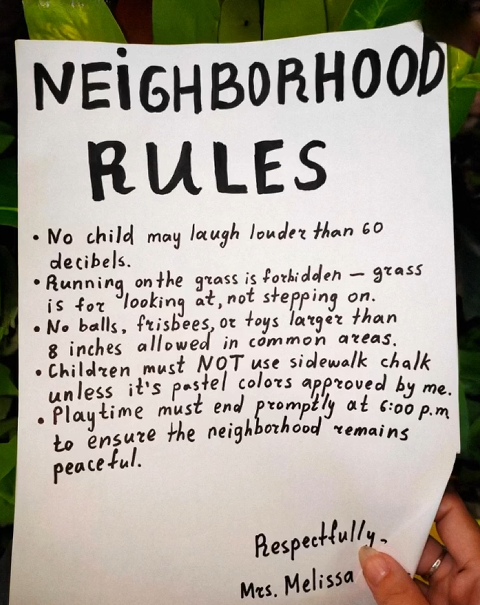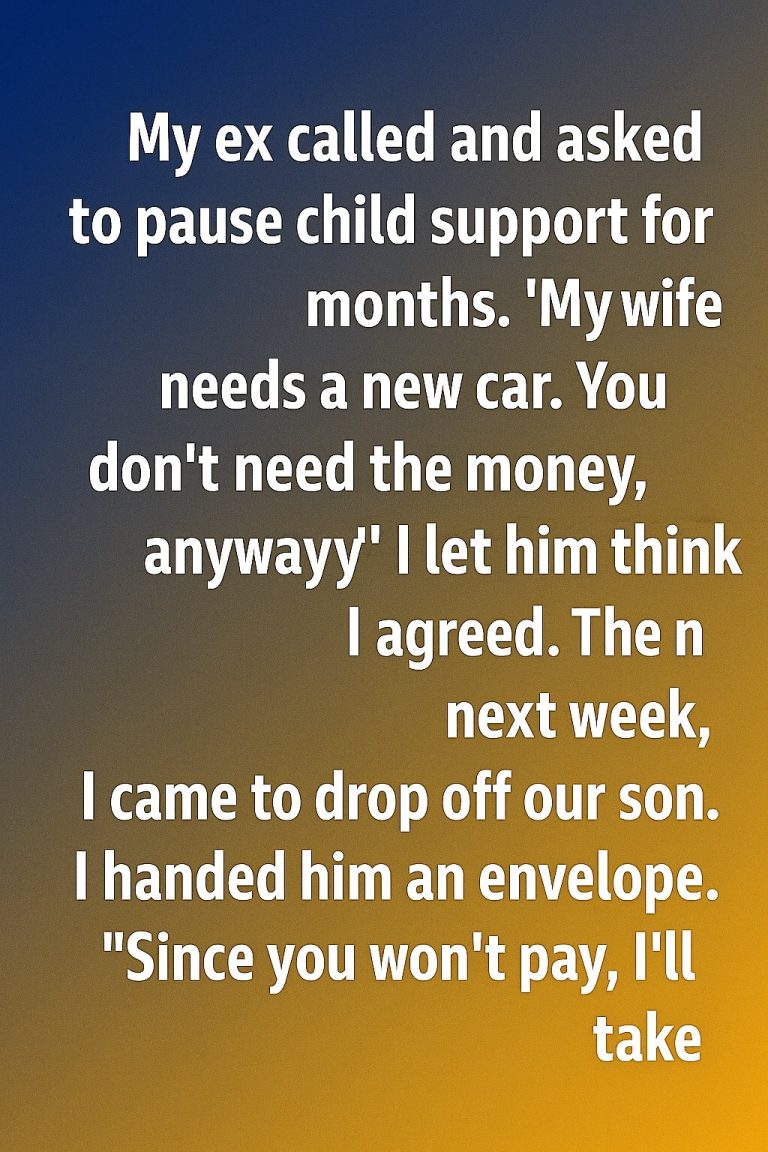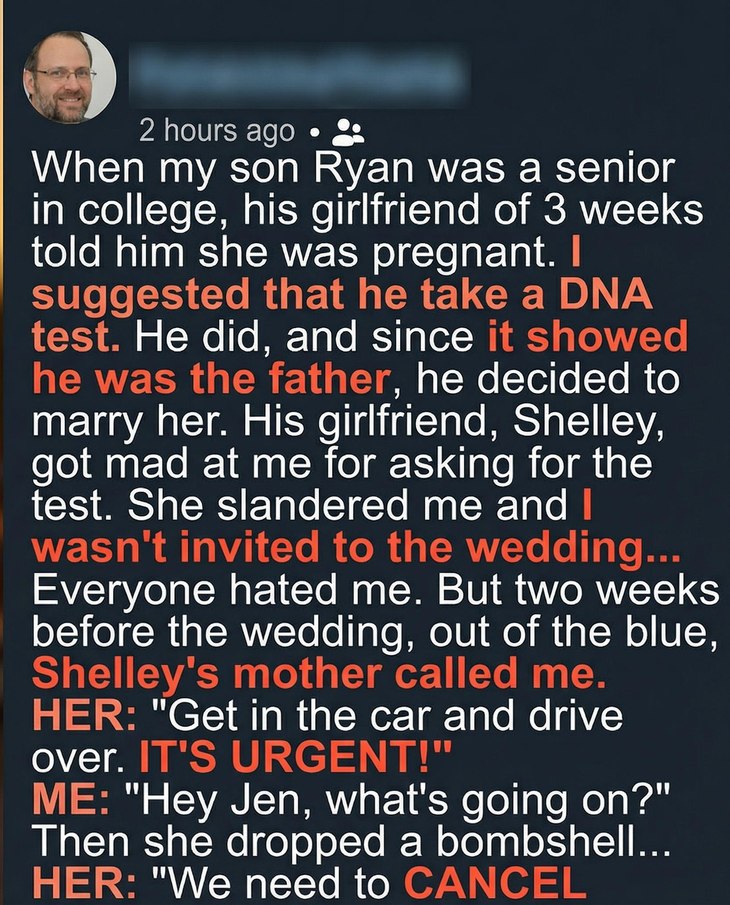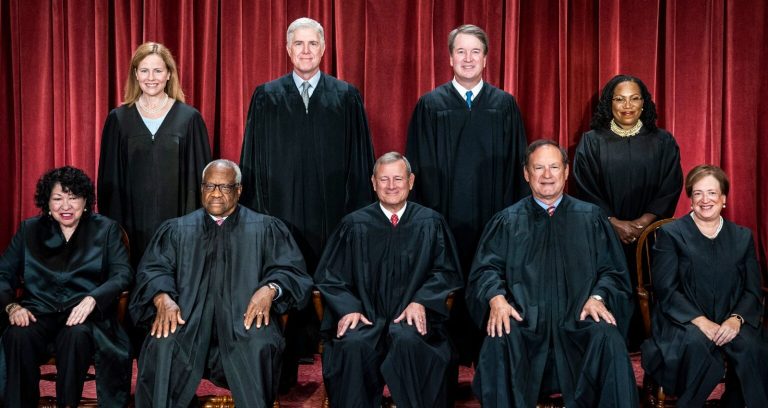
My husband and I had just moved into a new neighborhood with our two kids—our eight-year-old son and six-year-old daughter.
The first time I realized something was off, I opened my front door and nearly laughed out loud. Taped to it with a strip of clear Scotch tape was a sealed envelope. Inside, I found a typed list—“NEIGHBORHOOD RULES”—signed by my neighbor, Melissa.
And not just any rules. These were the kinds of absurd demands only a bored suburban Melissa could dream up:
- No child may laugh louder than 60 decibels.
- Running on the grass is forbidden. Grass is for looking at, not stepping on.
- No balls, frisbees, or toys larger than eight inches allowed in common areas.
- Children must NOT use sidewalk chalk unless it’s pastel colors approved by me.
- Playtime must end promptly at 6:00 p.m. to ensure the neighborhood remains peaceful.
I stood there holding that paper, my jaw on the floor. I thought it had to be some kind of joke. But nope—the signature at the bottom said it all: “Respectfully, Mrs. Melissa H., Homeowner.”
At first, I crumpled it up and tossed it in the trash. Surely, nobody else would take it seriously.
But later that week, my two kids came trudging home from the playground earlier than usual. Their heads hung low, their eyes downcast. My mama instincts went on high alert.
“What happened, sweethearts? Why are you home so soon?” I asked.
My youngest’s voice wobbled: “Ms. Melissa said we’re not allowed to play on the playground anymore… because we don’t follow her rules.”
I froze. My hands curled into fists. Melissa hadn’t just left me a ridiculous list. She was actually enforcing it—and my kids were the ones paying the price.
So I had only one choice.
The next day, I went to the store to buy a few things that were perfect for my plan.
When I got back, I marched straight to the playground with my kids and unpacked my bag. Out came a massive pack of neon sidewalk chalk, a portable Bluetooth speaker, and a few oversized playground balls that were definitely more than eight inches.
My kids’ eyes lit up. “Are we really allowed to use these, Mom?”
I winked. “Not only allowed—encouraged.”
Within minutes, the sidewalk was alive with drawings: rainbows, rockets, flowers, silly monsters. My son kicked a ball across the grass. My daughter laughed so hard she squealed—and yes, I’m sure it was well over 60 decibels.
And then came the shriek.
Melissa stormed out of her house in a bathrobe, clutching a mug of coffee like it was a weapon. “Excuse me!” she barked. “What do you think you’re doing? Didn’t you read my rules?”
I stood tall, arms crossed. “Melissa, you don’t make the rules for the whole neighborhood. Last I checked, this playground is public property. My kids have every right to be here.”
Her face turned a shade of red that matched her robe. “If you don’t stop this nonsense, I’ll call the HOA!”
I smiled sweetly. “Perfect. Call them. Because I already did.”
Right on cue, three other neighbors walked up—parents with their own kids, holding chalk, frisbees, and snacks. They’d all gotten the same letter. And they were just as fed up as I was.
Within an hour, the playground looked like a festival—kids playing freely, parents chatting, music in the background. Melissa stood frozen on her porch, sputtering, powerless.
And that night? A notice went out from the HOA, delivered not by her, but against her:
“Playgrounds are for children. Any attempt to restrict their use will be considered harassment. Signed, HOA President.”
Melissa never taped another envelope to anyone’s door again.
And my kids? They learned that sometimes the best way to deal with a bully—whether they’re in the sandbox or wearing pearls on the porch—is to stand together and play louder.






3 thoughts on “How I Handled a Neighbor Who Tried to Control My Kids’ Playtime”